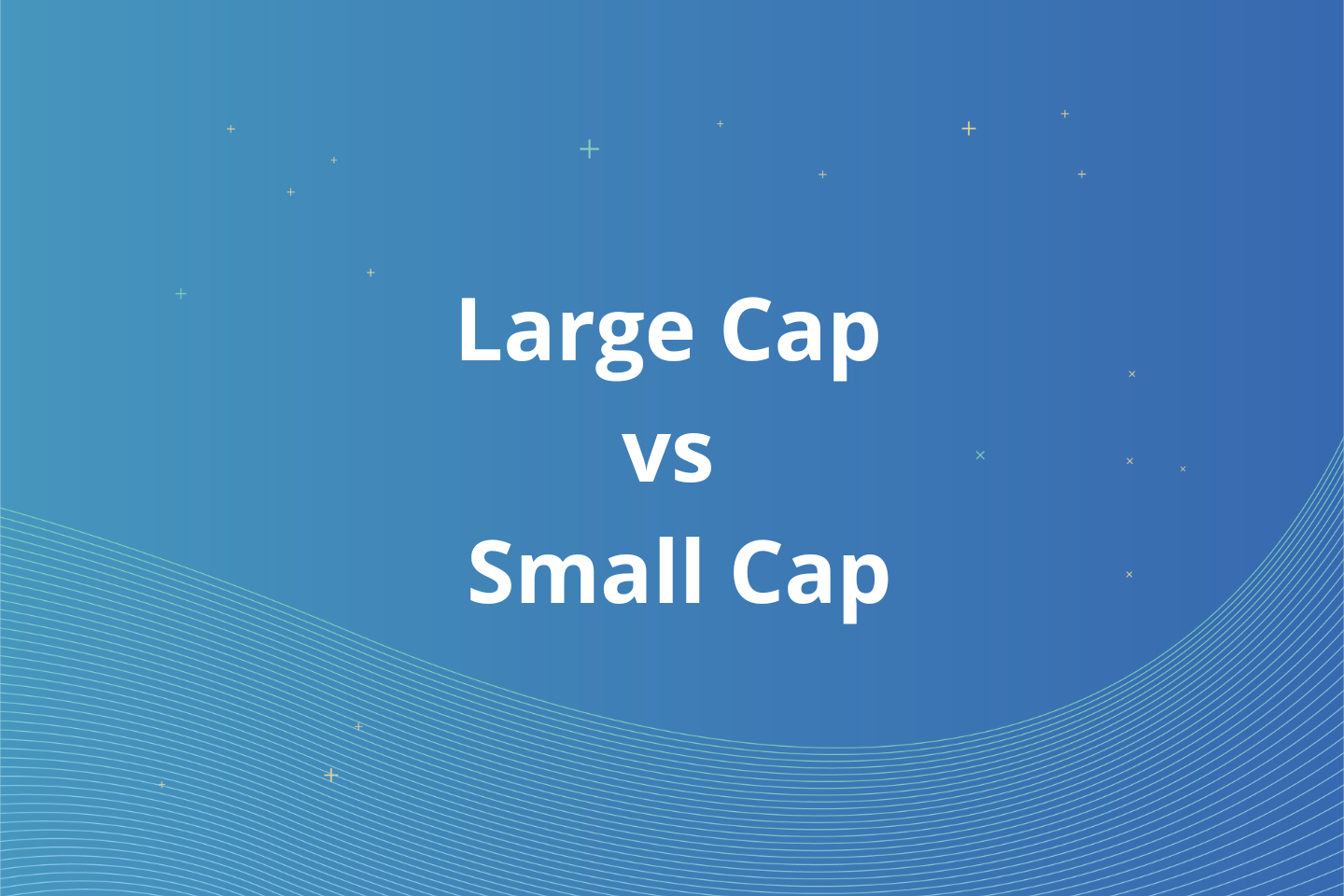See transcript of video below.
When a company engages in a two-to-one stock split, there is a change in the number of shares and the share price. However, there is no change in the economic ownership before or after the stock split. The most important thing to remember for stock splits is economic ownership. Your value or position before is going to be equivalent to your position after. There is no change in the overall ownership here.
What’s the Difference Between a Reverse Split and Forward Split?
When you think of stock splits, start off by asking, “Is this a reverse split or is this a forward split?” In this instance here, which one is it? This one here is a forward split. For forward splits, you can think about it this way: It’s a two for one. In other words, you are going to get two shares for every one share that you own. For example, if Tom owns 50 shares of Apple, and the Apple stock price is $100 per share, if Apple were to engage in a two for one, where you will get two shares for every one that you own, Tom’s 50 shares will turn into a hundred. And by the way, we know that the position before equals the position after. We know that there has to be proportionate change in the stock price as well.
So if Tom has a hundred shares, and before he had 50 shares, we multiply that by a hundred. Therefore, Tom’s position is 5,000. If now he has a hundred shares, what does the stock price have to be? The stock price is going to go down to 50.
With stock splits, it’s proportionate. Your position before equals your position after, and as long as you know the value before, you can find the value after. This is the type of math question that you will see on the SIE exam. They won’t ask you for anything overtly complicated. It’s going to be a step-by-step process like this.
When Would a Company Engage in a Forward Split?
Forward splits are useful for when a company wants to make their shares a little bit more marketable. Apple is a perfect example here. On the exam, they may ask a more definitional and high-level question, and you may not get any math questions. But you may get a question on stock splits and reverse splits. And the question may be, “When might a company think about doing a stock split?” And the answer to that question is marketability because sometimes a stock prices is a little high and a stock in a company might decide to decrease their outstanding price so that people, retail investors, can jump in and start to invest in their company. It becomes a little bit more attractive.
For example, think back to when Apple used to be $300 or $400. Imagine buying one share of Apple for $300 or $400. Then they did a three for one or a four for one split. The stock price dropped down to $100. Now all of a sudden, Apple was not trading at $400, it was trading at $100. It seemed more attractive. Retail investors, average people, wanted to jump in and buy that stock but there was no change to the company overall. There was no change to the company’s market cap. It’s proportionate. So the number of shares outstanding will be proportionate to the change in price. So if a stock price is too high, for instance, Tesla or Amazon, they might consider doing a stock split.
When Would a Company Engage in a Reverse Split?
Reverse splits are not as common and are typically are used for a company that wants to avoid delisting. The listing requirement for major exchanges is about $1 per share. So if a company is dropping in stock price very significantly, they might do a reverse split, which is the exact opposite. They want to prop up their price, so therefore they are going to decrease the number of shares outstanding and they are going to increase the price as a result.



